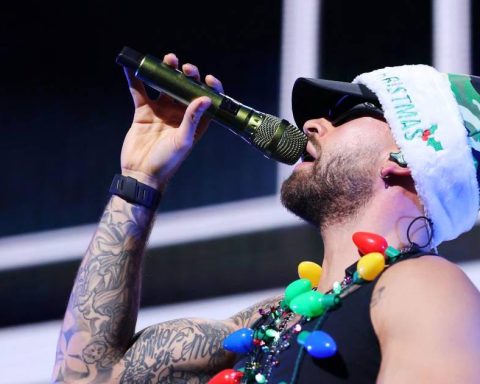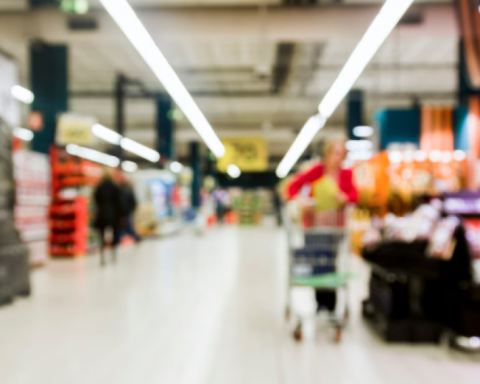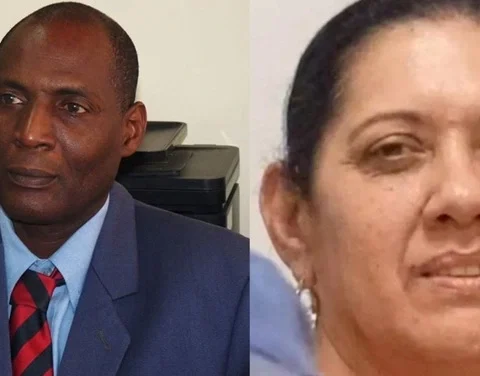The nursery is an activity that is focused on the production of plants and foliage, that benefits the environment and that is gaining a very important space in the economic and social activity of Colombia, Latin America and the world.
(‘From the field it is possible to undertake’, says businesswoman).
Locally, there are today “more than 3,000 thousand nurseries that produce and market plants that benefit 35,000 families,” Jairo Cadavid Ossa, president of the Colombian Association of Nurserymen (Colviveros), tells Portfolio.
The union-based entity, with 650 members in 18 departments, was created 6 years ago to professionalize and support the development of the sector, which is registering an unexpected boom both locally and internationally.
In Colombia “90% of the producers respond to a segment of the peasant family economy and only 10% to formally structured nursery companies,” says Cadavid.
(Ecopetrol, Nutresa and Bancolombia, the best to retain talent).
In Latin America, Colombia “ranks third in consumption of live plants, after Brazil and Mexicowhich consume between US$800 million and US$350 million, respectively.
Globally, “the consumption of live plants is very large, it was boosted by the pandemic and the opportunities are still to be developed,” says Cadavid.
That is why, since 2018, ExpoPlantas, the professional nursery fair and congress, has been held, which began with a modest exhibition of 20 people in Quirama (Antioquia) and then grew in Cali in 2019 and then in Pereira last year.
The IV version of ExpoPlantas It takes place this year in Fusagasugá, hub of the production of live plants in Colombia, between October 19 and 21 and will feature important international speakers and the participation of some 800 people related to the production and marketing of live plants. in Colombia but, the Fair will not be for the final consumer, according to the organizers.
It is estimated that the Sumapaz region, where Fusagasugá is located, is where 60% of the production of flowering plants, foliage plants, cacti, succulents, forestry plants and fruit trees consumed in Colombia comes from.
ExpoPlantas is “the largest commercial and training platform for small nursery producers and marketers in the country and, as a specialized fair, offers commercial opportunities, training agenda, technical contest, to recognize the best producers in the country, and technical visits”, Cadavid specifies.
It will be the largest show of live plants held in Colombia to date and in 3,250 square meters there will be 95 exhibitors of plant material and supplies from Germany, Brazil, Colombia, the United States, France, Holland, Israel and Sweden.
“Seven varietal houses from Germany, the United States, France and the Netherlands will present for the first time their new portfolio of plant material, anthuriums, bromeliads, orchids, cacti and succulents, not only for the local market but also to open up possibilities internationally”, Cadavid announces.
The event has the support of the Fusagasugá Mayor’s Office, the Ministry of Agriculture, the Cundinamarca Marketing and Innovation Agency, the Sumapaz Nurserymen’s Association, Asoviz, the Bogotá Chamber of Commerce and the University of Cundinamarca.
Among the international guests are Milena Bijma from the Floriculture company, from the Netherlands; Luis Granada de Jardines, from Mexico and the renowned international consultant Tetsuji Tamashiro, from Bengoshi, (Mexico), “who will address issues related to trends in living plants in the world, profitability and improvement of technical conditions,” says Cadavid. .
Rodrigo Gil, director of the Biosystems Center of the Jorge Tadeo University, and digital culture consultant Álvaro Montes will participate on behalf of Colombia. other aspects. Locally, the event is expected to boost the sector abroad.
Colviveros calculates almost two thousand hectares of production, located 65% in Cundinamarca, 20% in Antioquia and 15% in the Coffee Region, Valle del Cauca and other regions.
In addition, that an exporting nursery company is the largest generator of rural work per hectare and that it produces in Colombia about 320 jobs for every six.
The national nursery market is estimated at about $180,000 million and exports, in live plants and foliage, at US$20 million, according to 2018 figures. But, the segment is growing and Cadavid estimates that it could reach US$60 million annually.
“The cultivation of ornamental plants has reached an unexpected boom and that has allowed us to expand our facilities to meet the growing demand that the market requires,” says Patricia Vidal Pardo, legal representative of Mardeplantas, the largest nursery in new varieties. cactus from the Sumapaz region.
The local nursery has found in the Colombian Agricultural Institute, ICA, a very important ally “to generate opportunities for varietal renewal for production, as well as the opening of the first markets,” according to Cadavid.
In addition, the activity has a lot to do with the defense of the environment, its recovery and the fight against climate change.
More than one million 600 thousand trees are planted in 900 hectares under restoration and some 5,800 tons of carbon gas have been captured thanks to the efforts of Andrés Sarmiento, at the Atenea nursery in Valle del Cauca.
In Fusagasugá, Bromelias de Colombia, founded in 1981, is a company that specializes in growing 600 of the 7,000 existing varieties of the plant and exports to 8 international markets, says Cadavid.
Bromeliads are important in the ecosystem, specifically the epiphytes, because they maintain the great biological diversity of plants and animals, among other things.
But the nursery in Colombia “still requires more training and formalization to develop its full potential,” says Patricia Vidal, from Mardeplantas.
The goal, in his opinion “is to generate a higher professional level, better commercial results and, through the application of new production technologies, turn the Sumapaz region into a great exporter of live plants in the coming years.”
Glory Helen King
BRIEFCASE

















